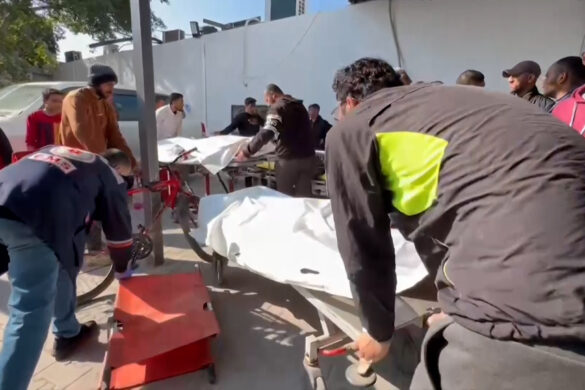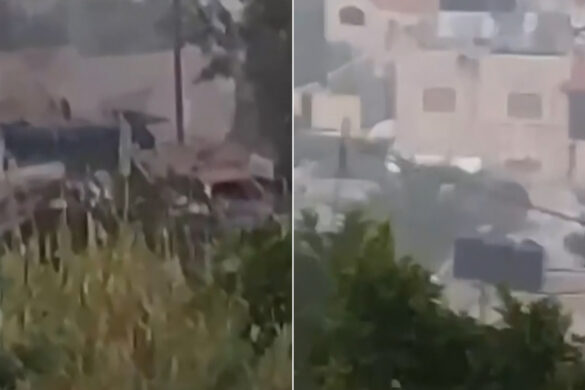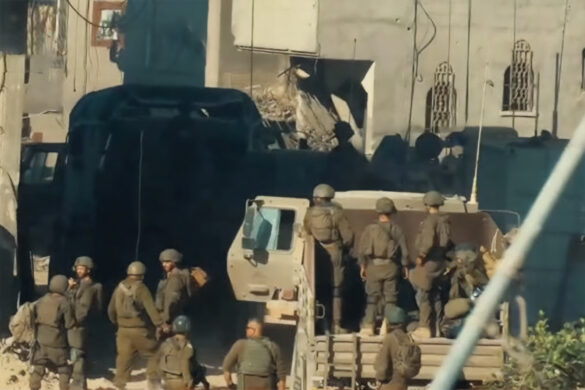Under the impact of bullets and shelling, the people of Khan Yunis were forcibly displaced to Rafah to escape oppression and murder, carrying with them as much as they could carry of their necessities and the necessities of life that they needed.
Bilal Khaled, a journalist from Khan Yunis, documented his displacement journey from his home to the city of Rafah under the sound of heavy bullets. He published a group of clips on his Instagram account, and commented, saying, “Under the bullets and shells, I closed the door of our house and we were forcibly displaced to Rafah, and I do not know whether we will return to it or not.” Will we return and find our home or a pile of rubble? Will we stay alive until we open this door again? No one knows.”
Along with these questions raised by Khaled, there is another question being asked on communication platforms among the city’s residents: Are the roads passable from Khan Yunis to Rafah? Where are the clashes between the resistance factions and the Israeli occupation forces?
The clips published by Khaled also showed the displacement of people on foot for a distance of more than 15 kilometers from Khan Yunis to Rafah.
Tens of thousands of displaced people in shelter centers in Khan Yunis have become trapped in light of the escalation of Israeli bombing on the area, with Palestinian resistance factions confronting the occupation forces that are trying to penetrate into several axes.
A Palestinian medical source said that 50 Palestinians were killed and 120 injured in an Israeli bombing that targeted the western areas of the city of Khan Yunis, south of the Gaza Strip, during the past 24 hours.




